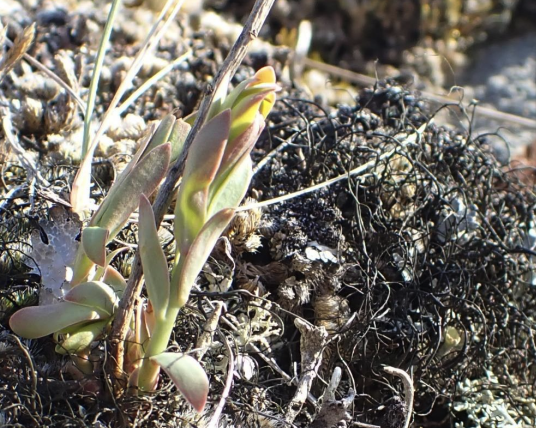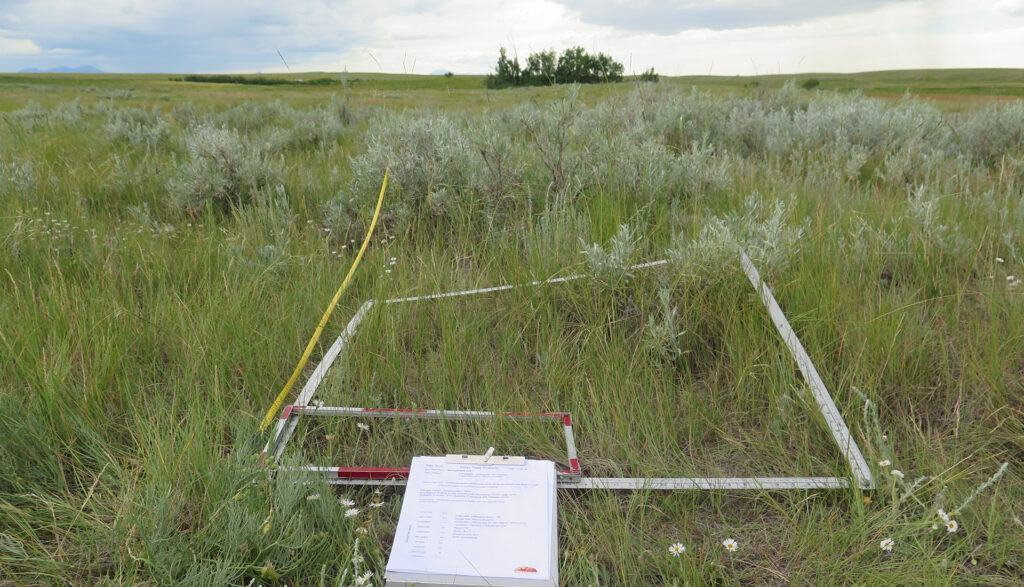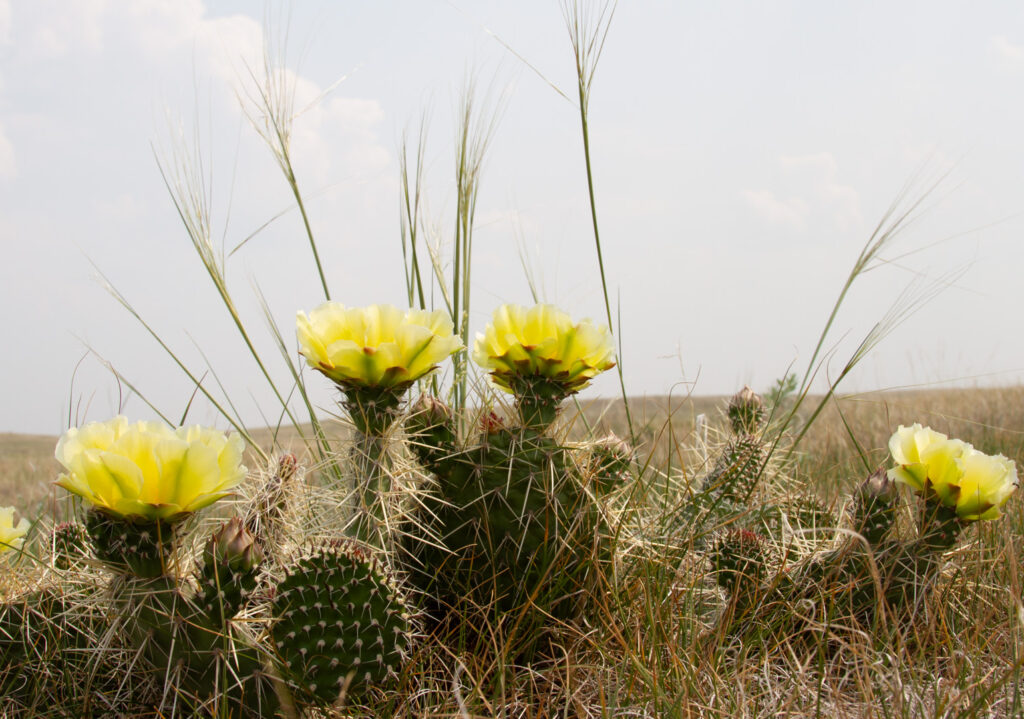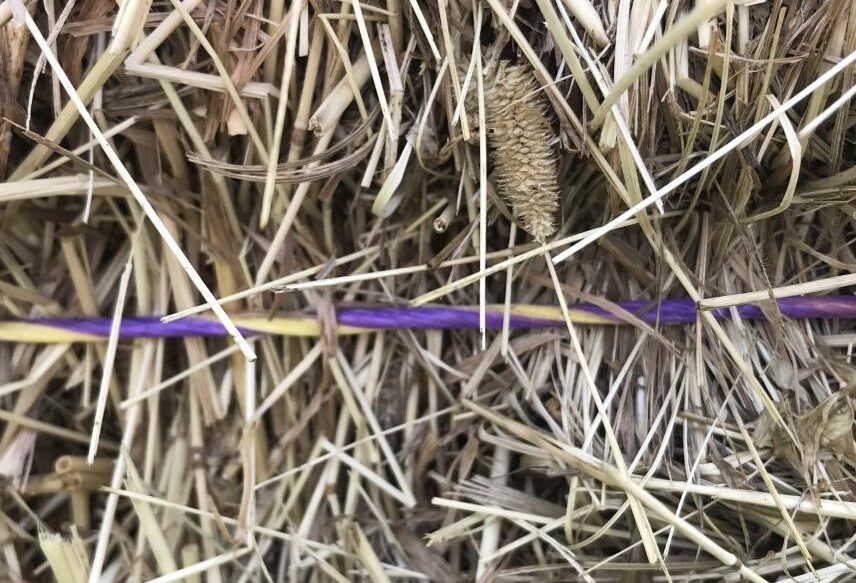WEBINAR – Rangeland biological soil crusts: their ecological functions in the Northern Great Plains and industrial disturbance response
Biological soil crusts are an understudied but integral component of rangeland vegetation in the Northern Great Plains.




